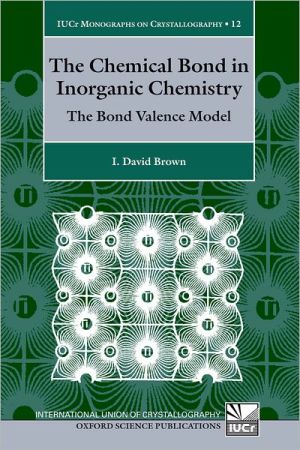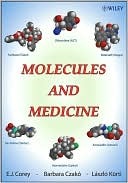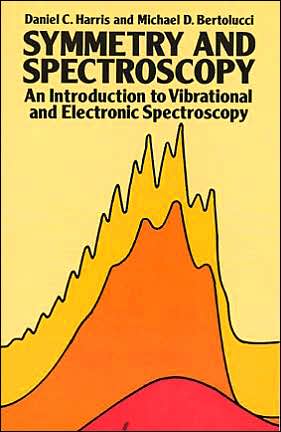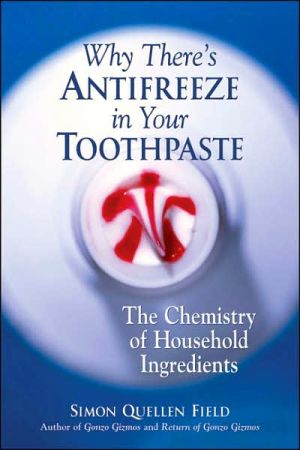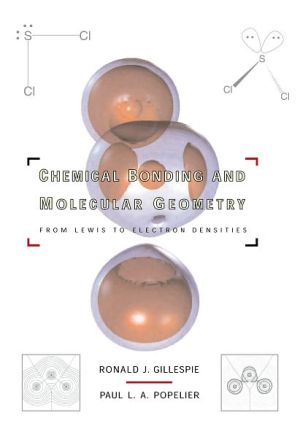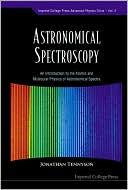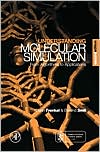The Chemical Bond in Inorganic Chemistry: The Bond Valence Model
This book describes the bond valence model, a description of acid-base bonding which is becoming increasingly popular particularly in fields such as materials science and mineralogy where solid state inorganic chemistry is important. Recent improvements in crystal structure determination have allowed the model to become more quantitative. Unlike other models of inorganic chemical bonding, the bond valence model is simple, intuitive, and predictive, and can be used for analysing crystal...
Search in google:
This book describes the bond valence model, a description of acid-base bonding which is becoming increasingly popular particularly in fields such as materials science and mineralogy where solid state inorganic chemistry is important. Recent improvements in crystal structure determination have allowed the model to become more quantitative. Unlike other models of inorganic chemical bonding, the bond valence model is simple, intuitive, and predictive, and can be used for analysing crystal structures and the conceptual modelling of local as well as extended structures. This is the first book to explore the theoretical basis of the model and to show how it can be applied to synthetic and solution chemistry. It emphasizes the separate roles of the constraints of chemistry and of three-dimensional space by analysing the chemistry of solids. Many applications of the model in physics, materials science, chemistry, mineralogy, soil science, surface science, and molecular biology are reviewed. The final chapter describes how the bond valence model relates to and represents a simplification of other models of inorganic chemical bonding. Booknews The valence bond model is a description of acid-base bonding useful in fields such as materials science and mineralogy. This book outlines the theoretical basis of the model and shows how it can be applied to synthetic and solution chemistry. It emphasizes the separate roles of the constraints of chemistry and of three-dimensional space by analyzing the chemistry of solids. Many applications of the model in physics, materials science, chemistry, mineralogy, soil science, surface science, and molecular biology are reviewed. A final chapter explains how the bond valence model relates to and represents a simplification of other models of inorganic chemical bonding. Brown is professor emeritus at the Department of Physics and Astronomy, McMaster University, Canada. Annotation c. Book News, Inc., Portland, OR (booknews.com)
Prologue11Historical introduction3ITheory112The ionic bond133The bond valence model26IIChemistry414Anion and cation bonding strengths435Liquids536Cation coordination number647Hydrogen bonds758Electronically distorted structures909Physical properties of bonds105IIISolids11910Space and space groups12111Modelling inorganic structures13412Lattice-induced strain164IVApplications and implications17913Applications18114Chemical implications of the bond valence model207Appendices223App. 1Bond valence parameters224App. 2Space group spectra233App. 3Solution of the network equations240App. 4Cation and anion bonding strengths244App. 5References to the ICSD and the CSD247References253List of symbols271Index273
\ From The CriticsThe valence bond model is a description of acid-base bonding useful in fields such as materials science and mineralogy. This book outlines the theoretical basis of the model and shows how it can be applied to synthetic and solution chemistry. It emphasizes the separate roles of the constraints of chemistry and of three-dimensional space by analyzing the chemistry of solids. Many applications of the model in physics, materials science, chemistry, mineralogy, soil science, surface science, and molecular biology are reviewed. A final chapter explains how the bond valence model relates to and represents a simplification of other models of inorganic chemical bonding. Brown is professor emeritus at the Department of Physics and Astronomy, McMaster University, Canada. Annotation c. Book News, Inc., Portland, OR (booknews.com)\ \
